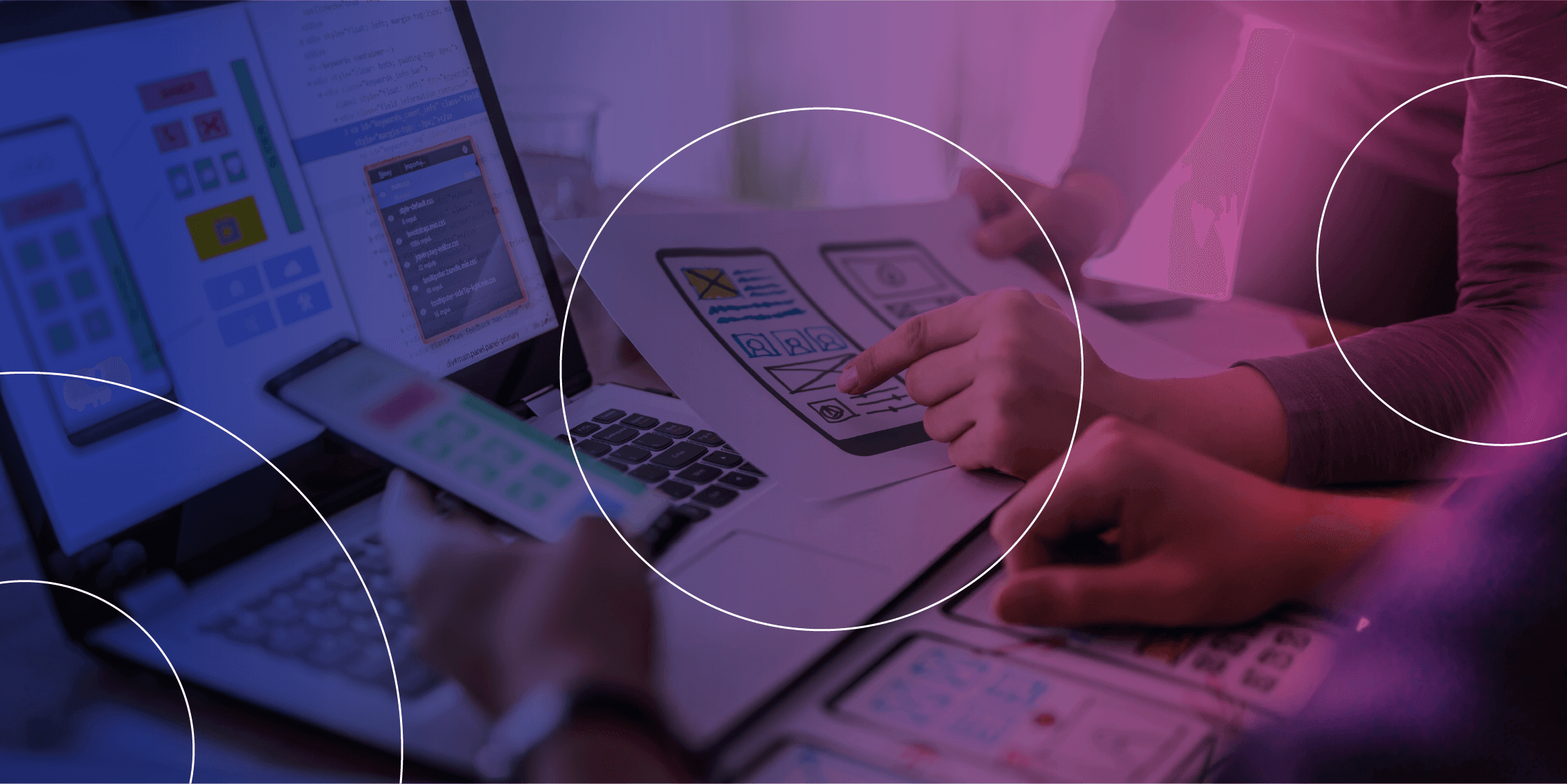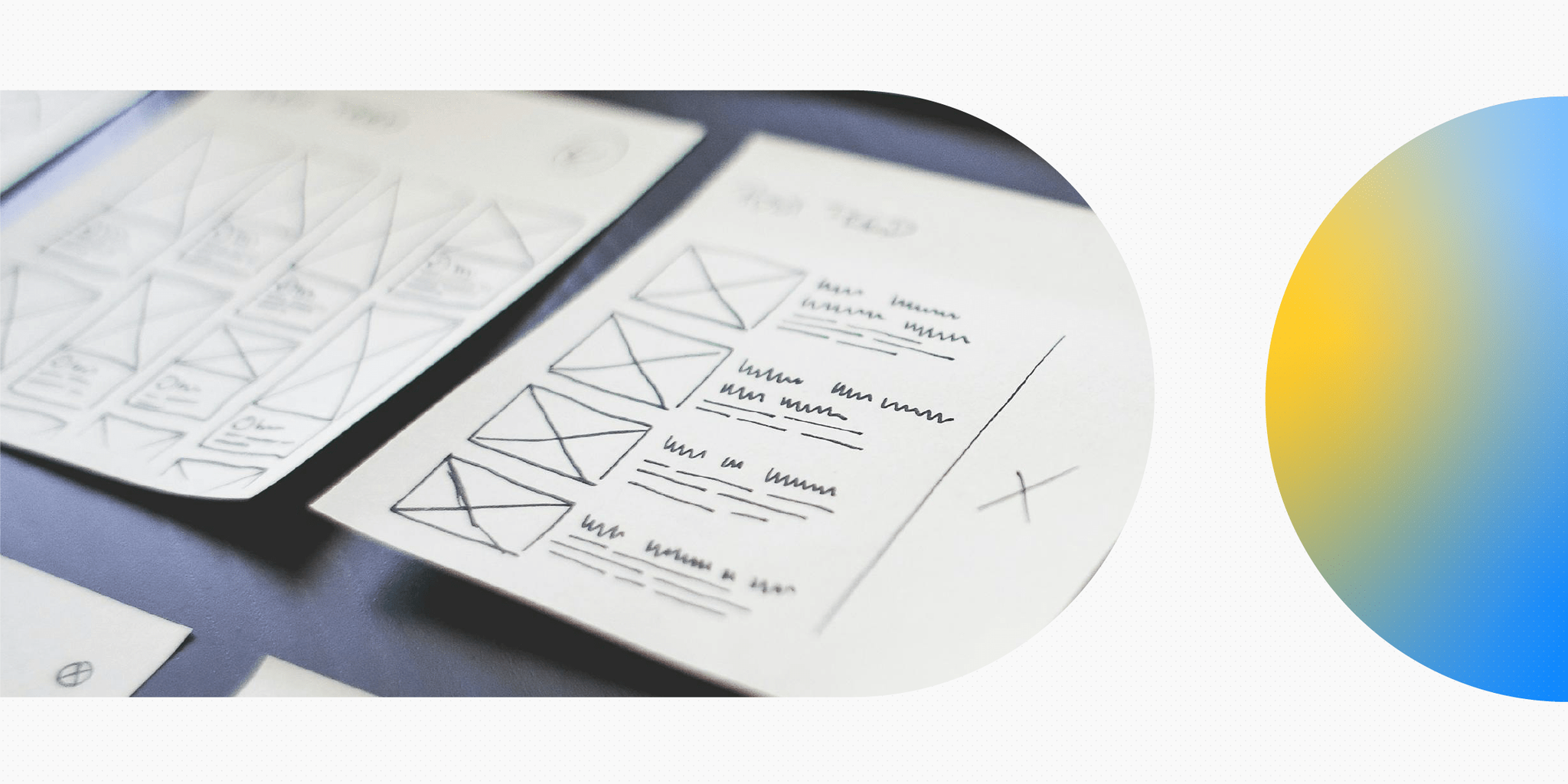UX has become one of the latest buzzwords and one of the most popular fields in tech. However, despite the digital design and technical skills that are required to work in UX, this field is attracting people with varied skills and interests across numerous industries.
Although UX design is considered a tech job, many people are finding they have transferable skills from previous careers and past experience. And the skills that they don’t yet have are easy to pick up and learn.
But why switch careers if your primary experience is in another field? This article will take a closer look at what UX is, why it’s so appealing to people in other career fields and how workers from various backgrounds can switch to a career in UX.
What is UX?
UX stands for “user experience” and it basically describes how a user feels when they use a product or service. A good user experience is easy and enjoyable, while a bad user experience is complicated, confusing and frustrating.
UX design is the process of designing these experiences. It involves identifying and understanding a specific user problem and designing products or services to address the problem in a way that centres the user.
Why are people leaving their careers to work in UX?
UX professionals are in high demand today as companies seek to provide enhanced experiences for their customers. This means not only are we seeing an increase in people studying UX but many people are switching from their current professions to one in UX.
Just over the past couple of years, companies have significantly grown their design teams to hire more UI and UX professionals. Furthermore, UX professionals are also highly paid in addition to being in high demand, making a career switch to UX a smart move.
But why are UX positions suddenly so popular? The answer, simply put — consumers have changed and, as a result, brands must change how they interact with them. Today’s consumers are more discerning. They are much more critical of the brands they engage with.
People don’t just want a product or a service nowadays; they want an experience and one that provides a significant amount of value. If they are going to spend their money, they want it to be well worth the cost. As such, brands are having to shift their focus from being sales-oriented to customer-oriented. And that’s where UX comes in.
UX design isn’t just about the technical aspect; it’s about understanding the human condition. Working in UX requires a certain level of empathy for humans and a desire to understand the psychology of who people are and why they do the things they do. Having this combination of technical skills and empathy is how UX professionals can then create experiences that are more user-friendly and meaningful, thereby improving a brand’s value proposition.
This is also why there is such an appetite in UX for transferable and specialist skills. Consumers are unique and diverse; they have varying wants, needs and behaviours. Therefore, you need UX professionals who also come from varying backgrounds who can understand and relate to a company’s diverse audience. If you only hire UX designers with great technical skills but no people skills, for example, you will lack that human element and empathy that is needed to create a meaningful experience.
And this is why so many people can switch their careers to UX. UX needs professionals with varying skill sets, from project managers and analysts to those who work in hospitality, such as hotel receptionists and people in the wine industry. Project managers are especially useful in UX because, like any other field, there is always a need for people with good leadership and management skills to guide teams to ensure the best possible outcome.
Why now is a great time to switch to a career in UX
If there were ever a good moment to switch to a career in UX, now would be the time. We are living in what is being referred to as the “great resignation” due to the high volume of individuals that are leaving their careers for something more fulfilling.
After the last couple of years, people have come to realise how important it is to have a job with a company that appreciates them and affords them a better work-life balance. They are also simply paying more attention to their needs and what makes them happy and if their job is a source of too much stress and dissatisfaction, they are leaving without a second thought.
This means that companies are more open to hiring people from different backgrounds. They understand why this shift is happening and are ready to make changes to welcome those who are transitioning and excited to begin a new journey with open arms. So making the switch to a career in UX is easier now more than ever.
How to successfully switch careers to UX
The field of UX needs people with all kinds of experience. They aren’t just looking for designers; they also need developers, information architects, researchers and analysts, project managers and technical writers, in addition to those with various other transferable skills. So there are numerous possibilities if you are looking to break into UX without experience.
The tips below can help you make the switch and gain experience in UX:
- Take online courses and UX bootcamps
- Self-teach with books, podcasts, tutorials, etc.
- Network with other UX professionals
- Look into internships or freelance gigs to help you gain real experience
- Work on spec projects and unsolicited redesigns to build your UX portfolio
- Volunteer your skills for free
- Go back to school and get a degree in UX
Final thoughts
When it comes down to it, switching careers to UX is all about getting as much experience as you can in as short an amount of time as possible – unless you have the time and money to take a long break from your current career while you gain experience.
Don’t be afraid to ask for help—there are lots of online spaces and forums out there where you can network and talk to other UX professionals to get the inside scoop on what you need to do to get your foot in the door.
And most of all, remember that the internet is your friend. You can go back to school if you’d like, but there are so many online resources, courses, bootcamps and more that can help you get the experience you need to make the switch to UX.




